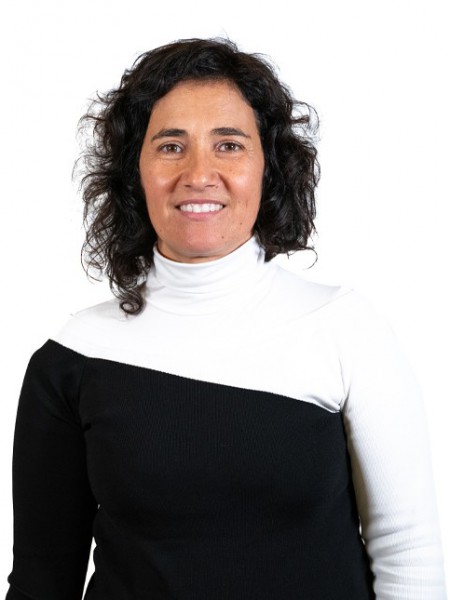resumo
The implementation of efficient treatments to remove antibiotics from wastewater is necessary to avoid their discharge in the aquatic environment and the associated negative effects. In order to address this challenge, the adsorptive performance of an optimized brewery waste-derived activated carbon (AC-SBG), produced by one-step microwave pyrolysis, was assessed for the very first for the removal of three antibiotics (sulfamethoxazole (SMX), trimethoprim (TMP), and ciprofloxacin (CIP)) under relevant matrix conditions from buffered ultrapure water and wastewater. The effects of pH and competition were also investigated. Adsorption kinetic results using AC-SBG were similar to those obtained with a commercial activated carbon (CAC) used for comparison in either ultrapure water or wastewater. As for the equilibrium, higher Langmuir maximum adsorption capacities (qm) (418 to 880 mu mol g-1) were determined for AC-SBG than for CAC (369 to 843 mu mol g-1) in ultrapure water. However, in wastewater, these qm decreased due to competitive effects, especially when using AC-SBG. The pH study evidenced that electrostatic interactions controlled the antibiotics adsorption. As for the competitive effects, the different systems tested were affected to different extent, with pH having a large influence. Results showed that AC-SBG, a new and sustainable alternative to conventional AC, can efficiently remove antibiotics from relevant matrix conditions. Furthermore, AC-SBG production and use is aligned with the principles of the circular economy and support United Nations Sustainable Development Goals (SDG), namely SDG 3 "good health and well-being'', 6 "clean water and sanitation"and 12 "responsible consumption and production". (c) 2023 The Authors. Published by Elsevier B.V. This is an open access article under the CC BY-NC-ND license (http://creativecommons.org/licenses/by-nc-nd/4.0/).
palavras-chave
ADSORPTIVE REMOVAL; AQUEOUS-SOLUTION; RESISTANCE; SULFAMETHOXAZOLE; PHARMACEUTICALS; CIPROFLOXACIN; TRIMETHOPRIM; TETRACYCLINE; SORPTION
categoria
Biotechnology & Applied Microbiology; Engineering; Environmental Sciences & Ecology
autores
Sousa, ML; Otero, M; Gil, MV; Ferreira, P; Esteves, VI; Calisto, V
nossos autores
agradecimentos
This work was developed within the project SYNERGY (2022.02028.PTDC) , financially supported by national funds (OE) , through FCT/MCTES. The authors acknowledge financial support to CESAM and CICECO by FCT/MCTES (UIDP/50017/2020+UIDB/50017/2020+LA/P/0094/2020 and UIDB/50011/2020+UIDP/50011/2020+LA/P/0006/2020, respectively) , through national funds. ?rika M.L. Sousa thanks to Funda??o para a Ci?ncia e Tecnologia (FCT) for her PhD grant (2020.05390.BD) . Paula Ferreira is thankful to FCT for the Investigator Program (IF/00300/2015) . Maria V. Gil acknowledges support from the Spanish AEI through the Ram?n y Cajal Grant RYC-2017-21937 funded by MCIN/AEI/10.13039/501100011033 and by ?ESF Investing in your future?.



